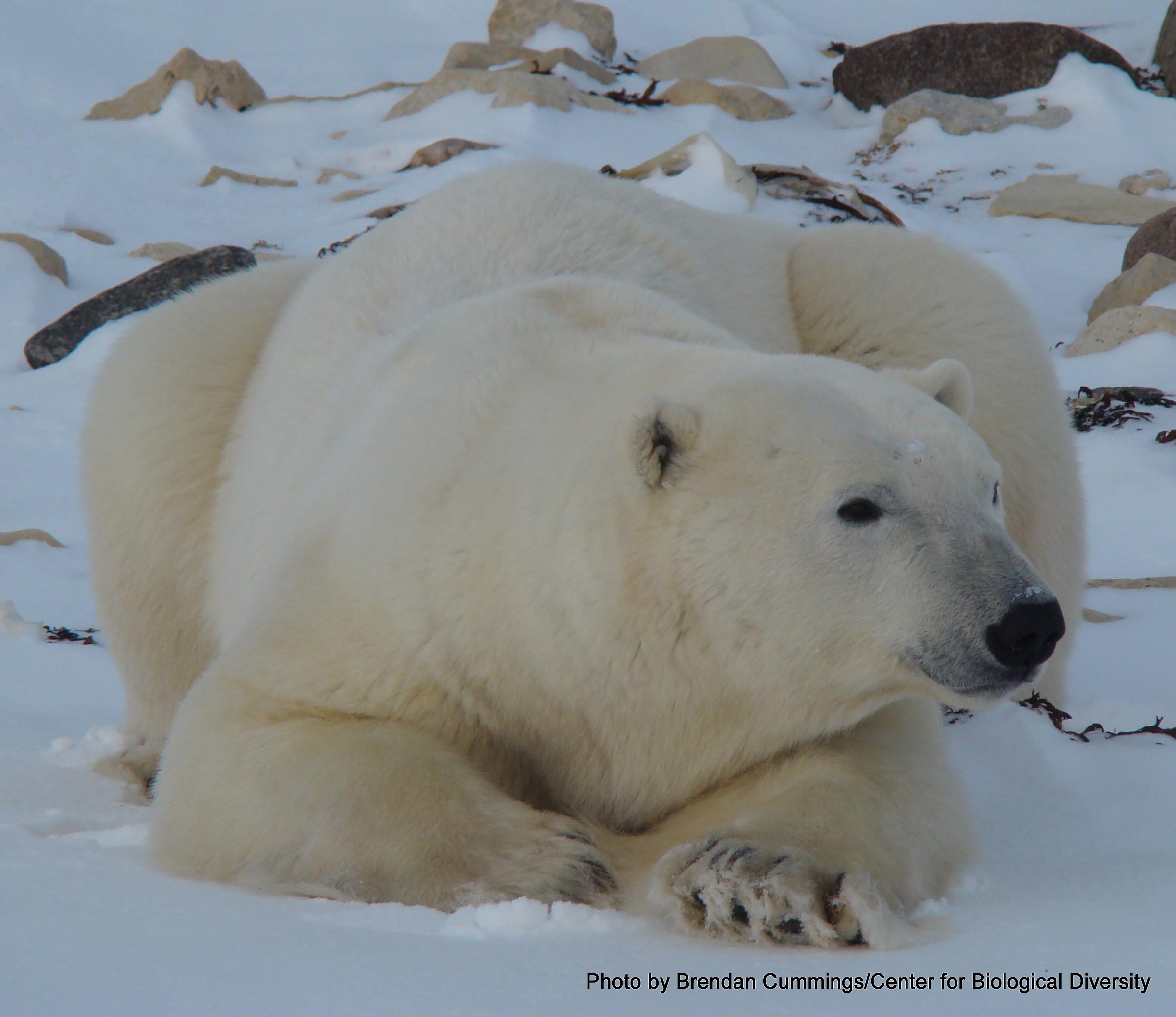
Coming face to face with wild polar bears is like nothing else I've ever done. This week, I have the extraordinary privilege of joining a group of scientists observing polar bear migration season from Polar Bear International's Buggy One on the Arctic tundra.
If you tune in to our live webcasts, you'll likely encounter prowling polar bears. And you'll see that these powerful animals are graceful and fierce and profoundly wild -- perfectly adapted to one of the harshest environments on earth.
But you'll also get insights into how the bears' Arctic environment is changing as greenhouse gas pollution warms the planet. Those changes, it should now be clear, threaten more than polar bears.
As I headed up to Churchill, Manitoba, Canada for this trip, Hurricane Sandy was crashing ashore to wreak havoc on the East Coast. Melting sea ice and accelerating warming here at the top of the world, scientists say, are changing the jet stream in ways that increase North America's risk of damage from a variety of extreme weather events.
Simply put, sea ice helps regulate our climate and oceans by reflecting a substantial amount of the sun's energy back into space. Warming here means changes everywhere. And that warming is approaching catastrophic levels.
This year, the National Snow and Ice Data Center announced that the extent of sea ice across the Arctic reached a record low -- down to half the average size of summer ice between 1979 and 2000. If the polar meltdown continues at this pace, some experts say, the Arctic sea could be ice-free for a day or more by 2020.

Sea ice is critical to the polar bear's survival. They depend on it for hunting, denning and other essential behaviors. As the ice disappears, polar bears are drowning and starving. Indeed, scientists have documented a wide range of impacts from the polar meltdown, from smaller body sizes to decreasing cub survival rates.
At least eight of the world's 19 polar bear subpopulations are declining, and just one is demonstrably increasing (because severe overhunting was finally curtailed), according to the IUCN Polar Bear Specialist Group. More than two-thirds of the world's polar bears could be gone in less than 40 years, experts say.
Seeing these amazing animals disappear will be devastating. But I believe there's still time to save them -- and avert the dangerous effects an Arctic meltdown will have on the rest of the world.
The costs of climate change are becoming clearer and clearer. But the good news is that we still have time to ward off a climate catastrophe if we work swiftly to reduce greenhouse gas pollution.
I hope you'll join us live on the web as we discuss these issues. I'll be part of a discussion of polar bears and other Arctic keystone species on Wednesday, Nov. 7, at noon CST. But there other fascinating events throughout the week: For a complete list, check out Polar Bear International's website.